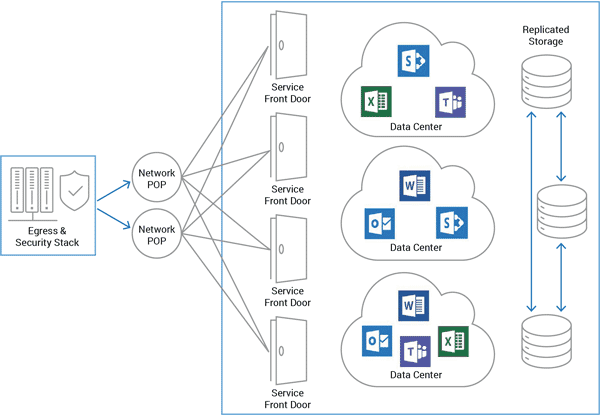


This is why many CIOs and IT Managers are transforming their network with fully managed SD-WAN solutions. In a recent Gartner survey, 22% of IT leaders identified networking problems as the root cause for performance issues with Office 365. But why is Office 365 so slow? Since these applications moved into cloud that could be a region, continent, or an ocean away, issues such as latency and network congestion often cause poor performance for Office 365 or other cloud-based applications used by enterprises all around the world. Office 365 performance issues is all too common these days.

I stumbled across an article the other day that perfectly captures the frustration employees around the globe experience with digital transformation, especially as productivity applications move to the cloud: “ Why your Office 365 apps may be running ‘so darn slow’.” Office 365 Slow Performance


 0 kommentar(er)
0 kommentar(er)
